This blog post is one of an on-going series arising from the AHRC-funded project Metamorphoses: Gaming Art and Science with Ovid. The project pairs up an artist (Sarah Craske, research fellow at the Centre for the History of the Sciences, University of Kent) and a scientist (Simon Park, Department of Microbial and Cellular Sciences, University of Surrey) to work on a 300-year-old copy of Ovid’s Metamorphoses. The rules of the game are that Simon and Sarah may pursue any research questions, and produce any research output, so long as they agree on it. Charlotte Sleigh (Centre for the History of the Sciences, University of Kent) acts as referee and commentator on the process from a third, neutral perspective.
 Thursday 16th October: ITV Meridian want to do a feature on the project. Sarah and Charlotte are available for filming, which takes place at Kent. Sarah and Charlotte are both separately concerned that the journalist may want to ask questions about Ebola, since one of the possible research avenues is to culture diseases that may have gathered on the book’s pages.
Thursday 16th October: ITV Meridian want to do a feature on the project. Sarah and Charlotte are available for filming, which takes place at Kent. Sarah and Charlotte are both separately concerned that the journalist may want to ask questions about Ebola, since one of the possible research avenues is to culture diseases that may have gathered on the book’s pages.
Sarah asks Simon, could there be Ebola on the book? Simon reassures her that as Ebola was only discovered in 1976, the book is highly unlikely to have come into contact with the virus during its extended history. Also, he points out, viruses require a host in order to stay viable. They have to grow in an animal; you can’t grow them (as you can a bacterium) on an agar gel.
Viruses are indeed pretty fragile, and don’t survive for long at all outside of bodily fluids, or on dry surfaces like the pages of a book. Our copy of Metamorphoses has been through major epidemics of measles and smallpox, but these diseases are caused by viruses and will not have left any viable fragments of DNA on the pages. For all their power to kill and terrify, viruses require human beings (or other organisms) in order to exist.
But it’s still interesting to think about the power of a book to infect. Back in the eighteenth century the most ‘infectious’ book was reckoned to be Tom Paine’s pamphlet Rights of Man (1791) which, it was thought, would infect its readers with a lust for a French-style revolution in Great Britain. Paine was tried and convicted in absentia for seditious libel, and sentenced to death.
Right now, we can think of two scary sources of contagion, one a virus (Ebola) and one a text (Islamic radicalisation on the Internet). Both require a medium in which to exist, multiply, and infect. In both cases that medium has elements of nature, and culture, and politics. For Ebola the nature part is a question of physical transmission; the culture and politics determine the health care organisations of affected countries, and the differential media accounts whereby one dead Texan is worth as many column inches as a thousand dead Sierra Leonians. For Islamic radicalisation, we could talk about scientific, psychological factors that predispose its jihadi converts to brainwashing, as well as the political and cultural conditions that give succour to the movement.
No sensible person would deny that both these types of infection should be wiped out; nor could such a person deny that that the full ability to achieve this comes from a hybrid of knowledge that is cultural and political as well as scientific.



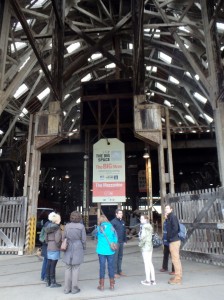
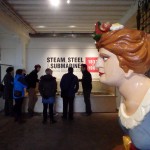
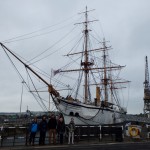
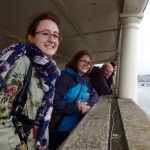
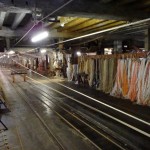
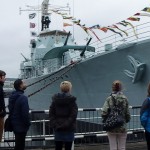

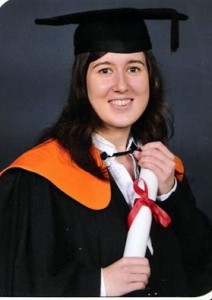
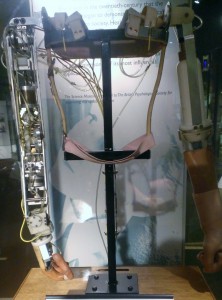
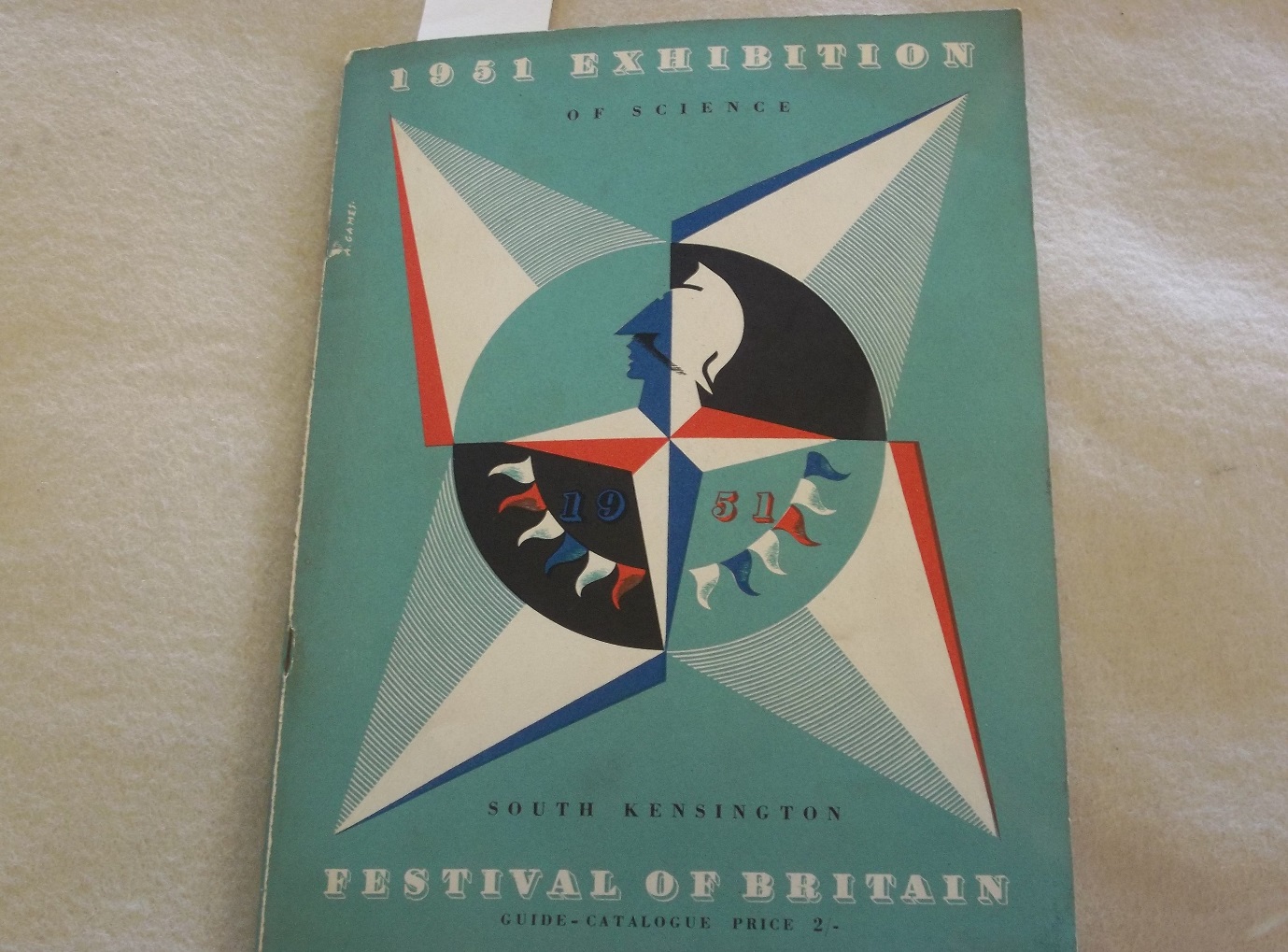
Recent Comments